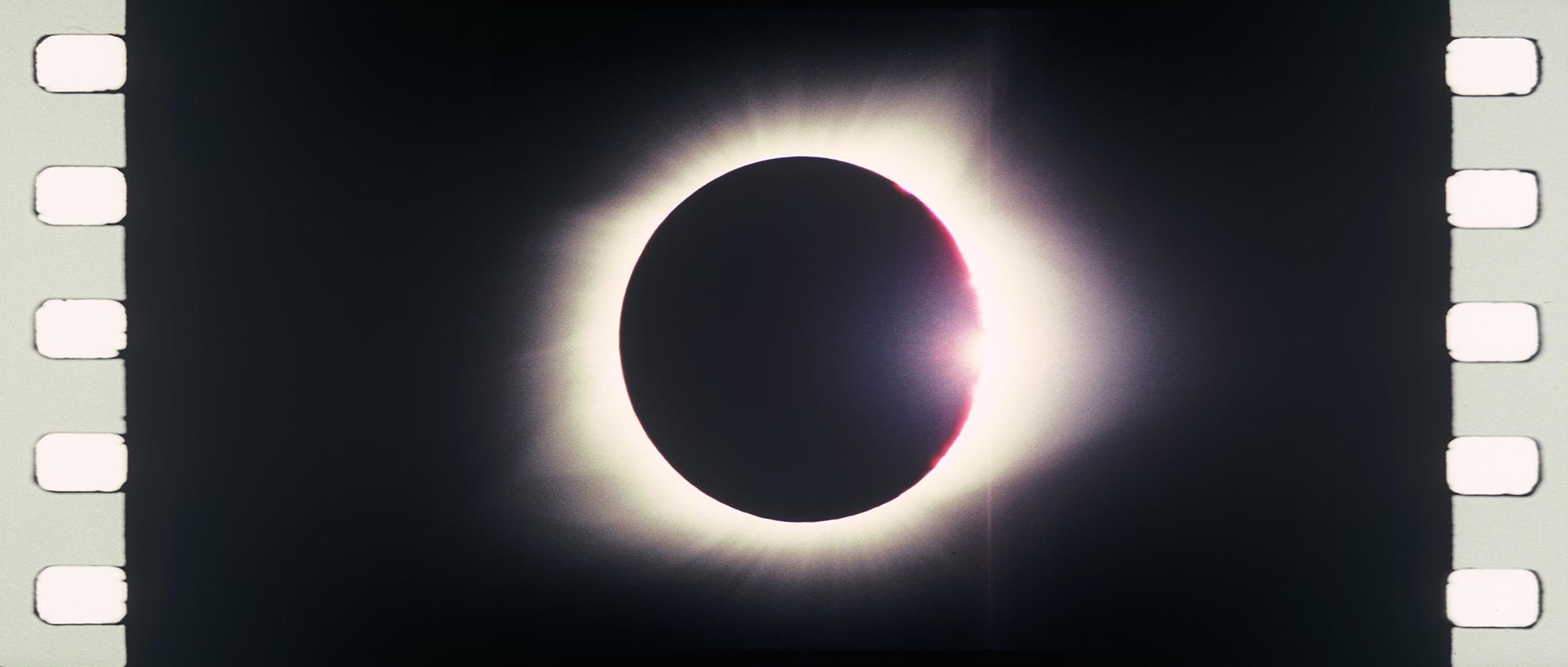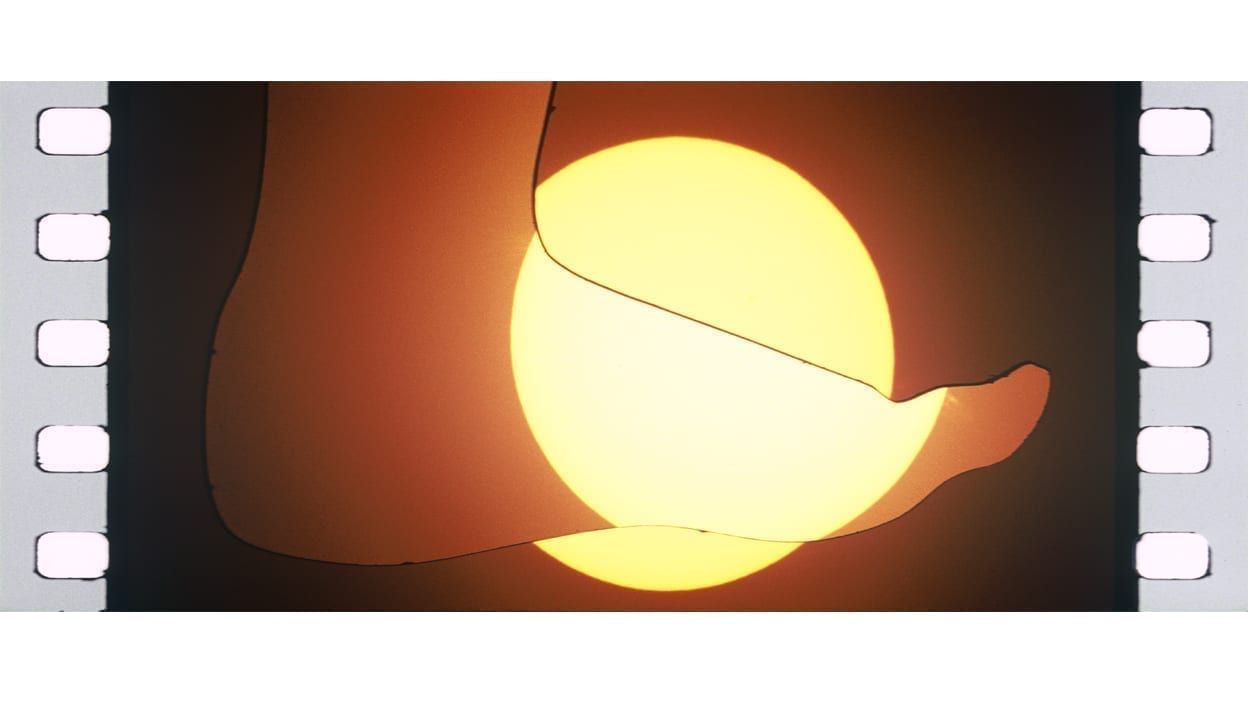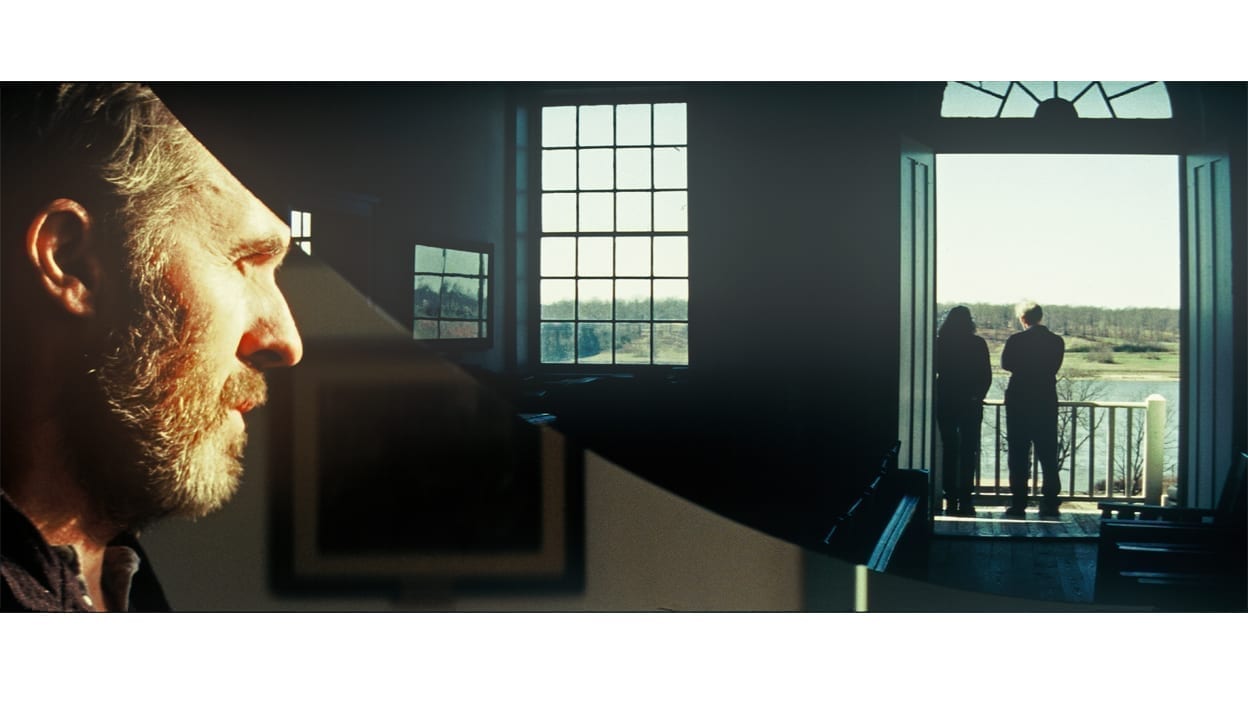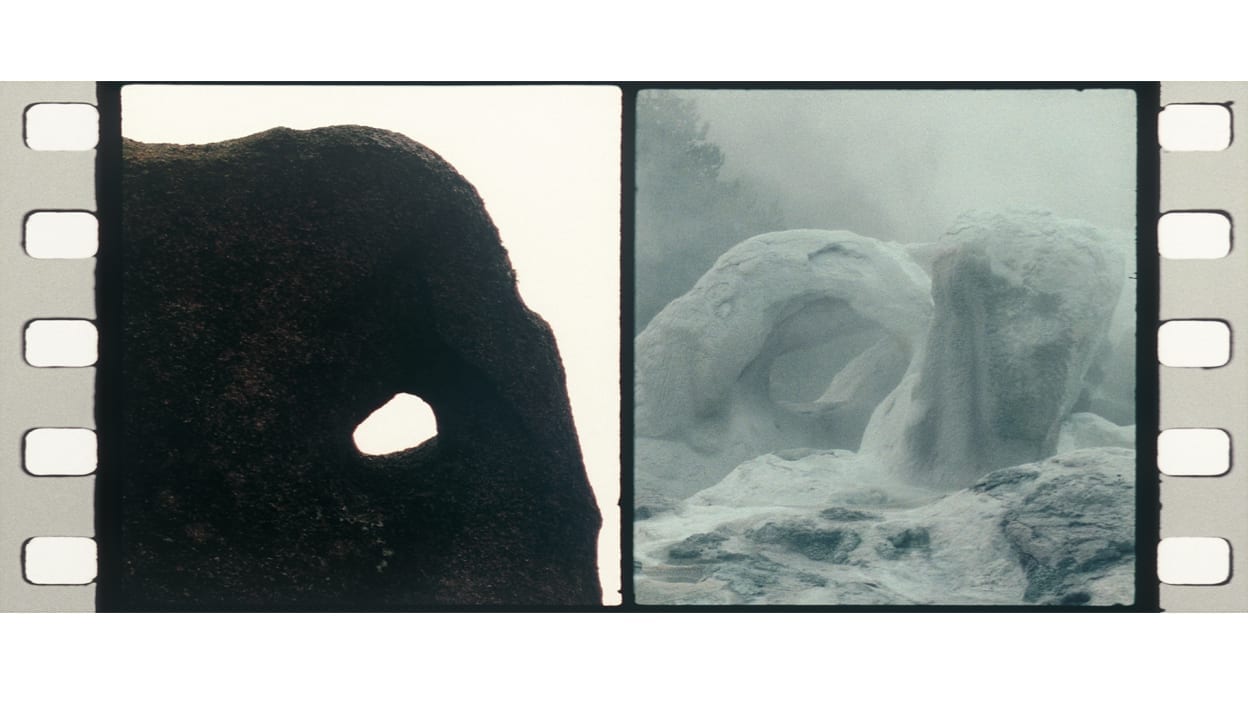PLEASE NOTE that the movie starts every hour on the hour.
Beginning November 22 2019, the Glyptotek invites its visitors to the first in a series of new exhibitions with internationally renowned contemporary artists. The series – running in 2019, 2020 and 2021 begins with the work of British European artist Tacita Dean, and has been made possible thanks to the generous support of The Obel Family Foundation.
Antigone – the myth and the personal history
The focus of the exhibition is Tacita Dean’s ambitious 35mm double Cinemascope film work Antigone, 2018, based on the name of the artist’s older sister, references the Greek tragedian Sophocles’s Antigone from 440 BCE. Over the ages, numerous philosophers, writers and artists have interpreted the character of Antigone as a brave and principled woman. Known as the woman who dared to speak truth to power, themes in her eponymous play recur frequently in various guises, especially in times of discord and authoritarian rule.
Dean’s Antigone is a personal, ambitious and stunningly beautiful work based on the gap between the other two plays in Sophocles’s trilogy, Oedipus Rex and Oedipus at Colonus. At the end of Oedipus Rex, the blind and lame King Oedipus banishes himself from Thebes and is led by Antigone into the wilderness only to arrive much later at a grove outside Athens in Oedipus at Colonus. Dean invited Canadian poet Anne Carson to read her poem TV Men: Antigone (Scripts 1 and 2) repeatedly throughout the film, which she discovered was also inspired by the gap between the Sophoclean plays. She asked actor Stephen Dillane to ‘dress up’ as Oedipus.
Blindness as a central theme
Blindness is a powerful theme throughout this work. Not only is Oedipus blind but so is Dean’s way of making the film. Using her own in-camera masking technique, which partially ‘blinds’ her camera by only exposing parts of the film frame at one time with differently designed masks, Dean was able to mix landscapes, people, times of day and even different countries within the same scene in the film. The entirety of Antigone was filmed on location and inside the camera without recourse to post-production and never allowing Dean to review her footage until the rolls were finally completed and processed many months later. Thus the visual language of Antigone is reliant on chance and accident in a way that can be exhilarating to watch. The other principle blindness in the film is the blindness of nature itself in the form of a total solar eclipse, which becomes the time in the film.
Tacita Dean’s unique film works have made her a leading figure in the international art world. In a digitally dominated age, she insists on using photochemical film: shooting, editing and projecting with only analogue equipment that contains a very special beauty.
Antigone met with international acclaim when it opened at the Royal Academy of Arts in London in 2018 as part of three major exhibitions across the city dedicated to the work of the artist. Antigone is particularly apposite for the Glyptotek, where it will be presented in the context of the museum’s collection of antiquities, which include a portrait of Sophocles himself and a relief by Theoblad Stein from the 1800s showing the blind King Oedipus in Colonus with his daughters Antigone and Ismene. And while the collections give a certain depth to Antigone, Dean’s film work also put new light on the collections: how are the tales of the Antiquity relevant today?
The exhibition is generously supported by:

Calendar
See the exciting activities and events, the Glyptotek has to offer. Please note, the events in Danish will not be presented here. Go to the Danish version of the homepage to see all events.
Café
Enjoy a delicious lunch at Picnic overlooking the Glyptotek's beautiful Winter Garden.
After Nature
Experience a new reading of the Glyptotek’s paintings by the Danish writer Josefine Klougart



